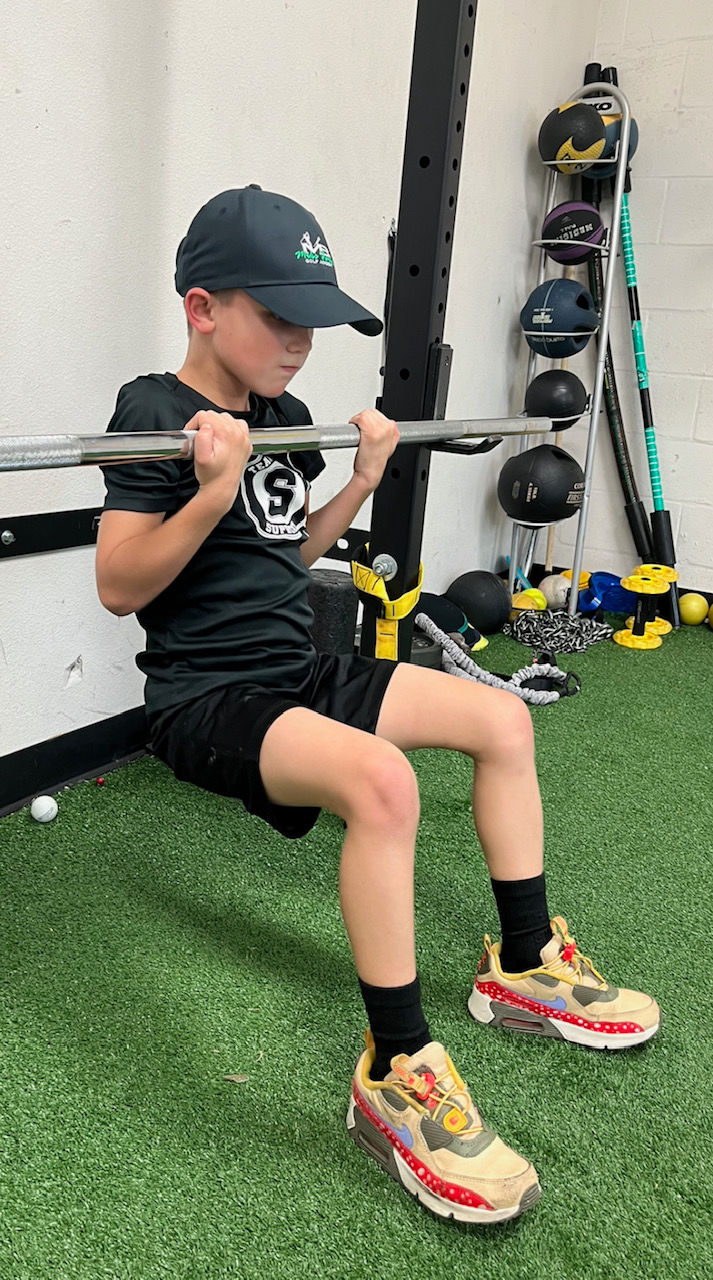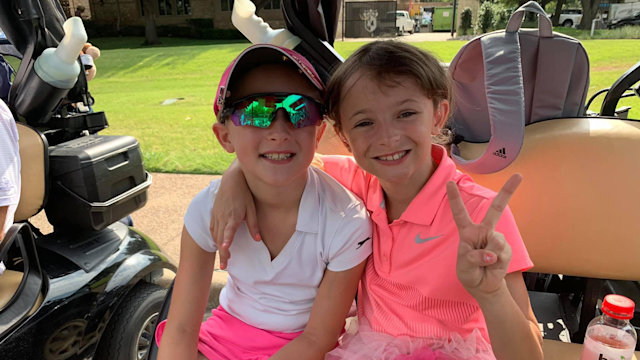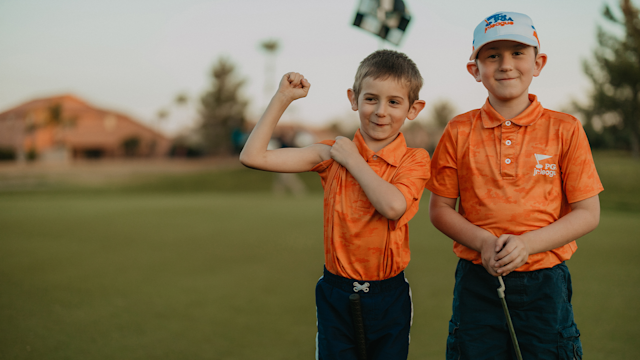quick coaching
Five Easy Strength Training Tips for Youth Golfers
By Brendon Elliott, PGA
Published on

Golf fitness can cover a lot of territory but, as a youth golf coach, I see stretching, cardio, speed work, strength training and injury prevention as the top areas of focus for kids.
In thinking about one of those areas — strength training — I turned to my friend and award-winning Golf Fitness Instructor Scott Shepard. Scott is the owner of Plane Performance, a golf specific fitness and rehabilitation company in Lake Mary, Florida, who works closely with the nearby Mike Bender Golf Academy and many golfers, coaches, high school, and college golf programs in central Florida.

Below, Scott shares his top five tips that junior golfers looking to improve their strength should focus on this year.
- Be an Athlete. Focus on strength that improves body and movement control in general. Jumping, squatting, pushing, pulling, and rotation with light medicine balls or resistance bands are all great examples of dynamic bodyweight and light-loading movements.

- Master Your Bodyweight. Own the basics like push-ups, squats, pull-ups, flexed arm hangs, crawling patterns, climbing movements, then add in more dynamic movements to those basics (jump squats).
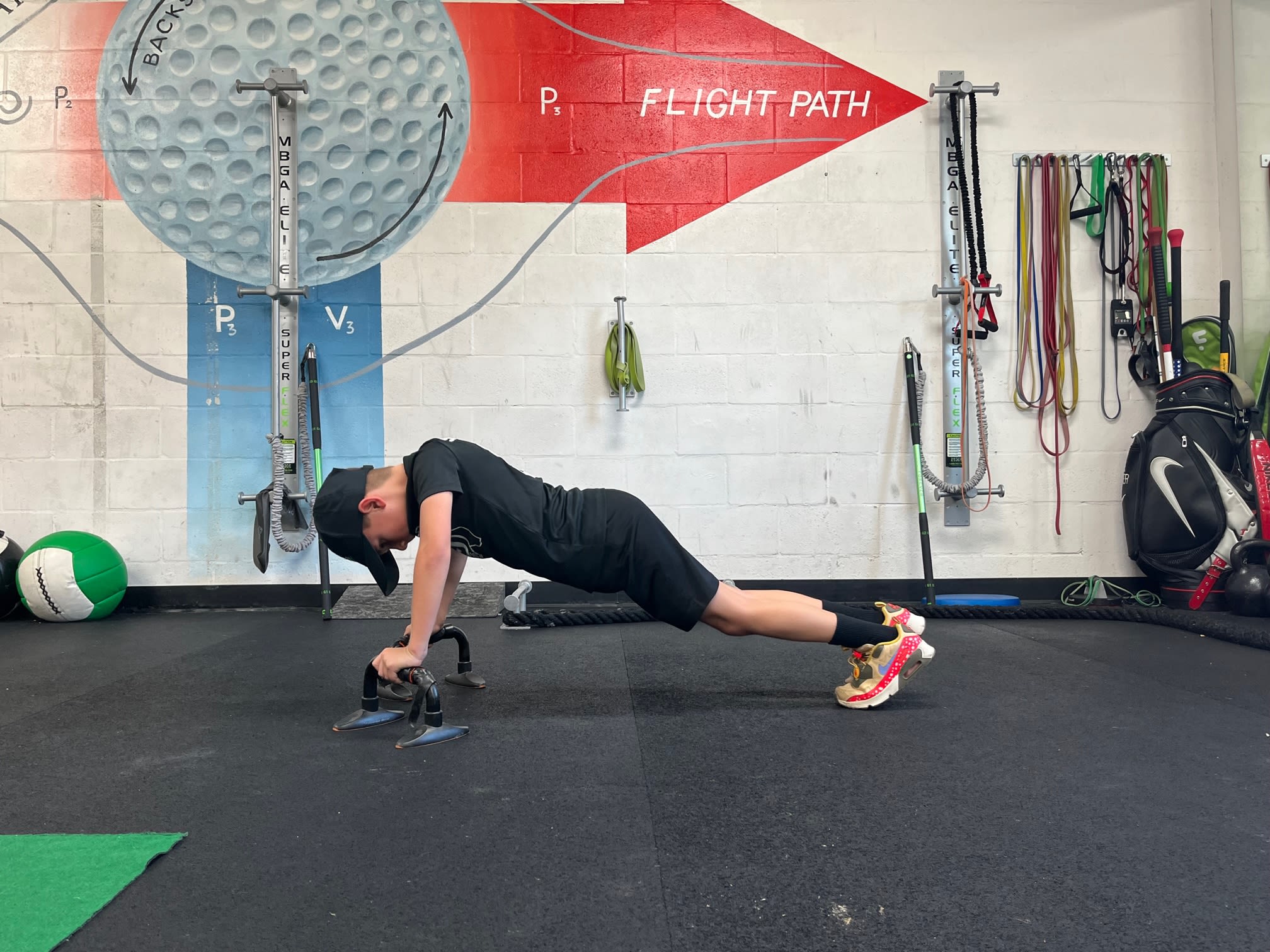
- Train Fast, Be Fast. Include fast medicine balls throws/slams, sprints, shuffling, box jumps, rotational box jumps, lateral jumps and jump/speed rope work. The swing is a fast, dynamic activity, and youth golfers should train to be explosive.

- The Core is the Connection. Exercises like planks, side planks, mountain climbers, medicine ball twists, and anything that connects the core to your upper and lower body is ideal for golfers. Sit-ups are fine but they are isolated to just your core. Focus, instead, on exercises that connect your core.
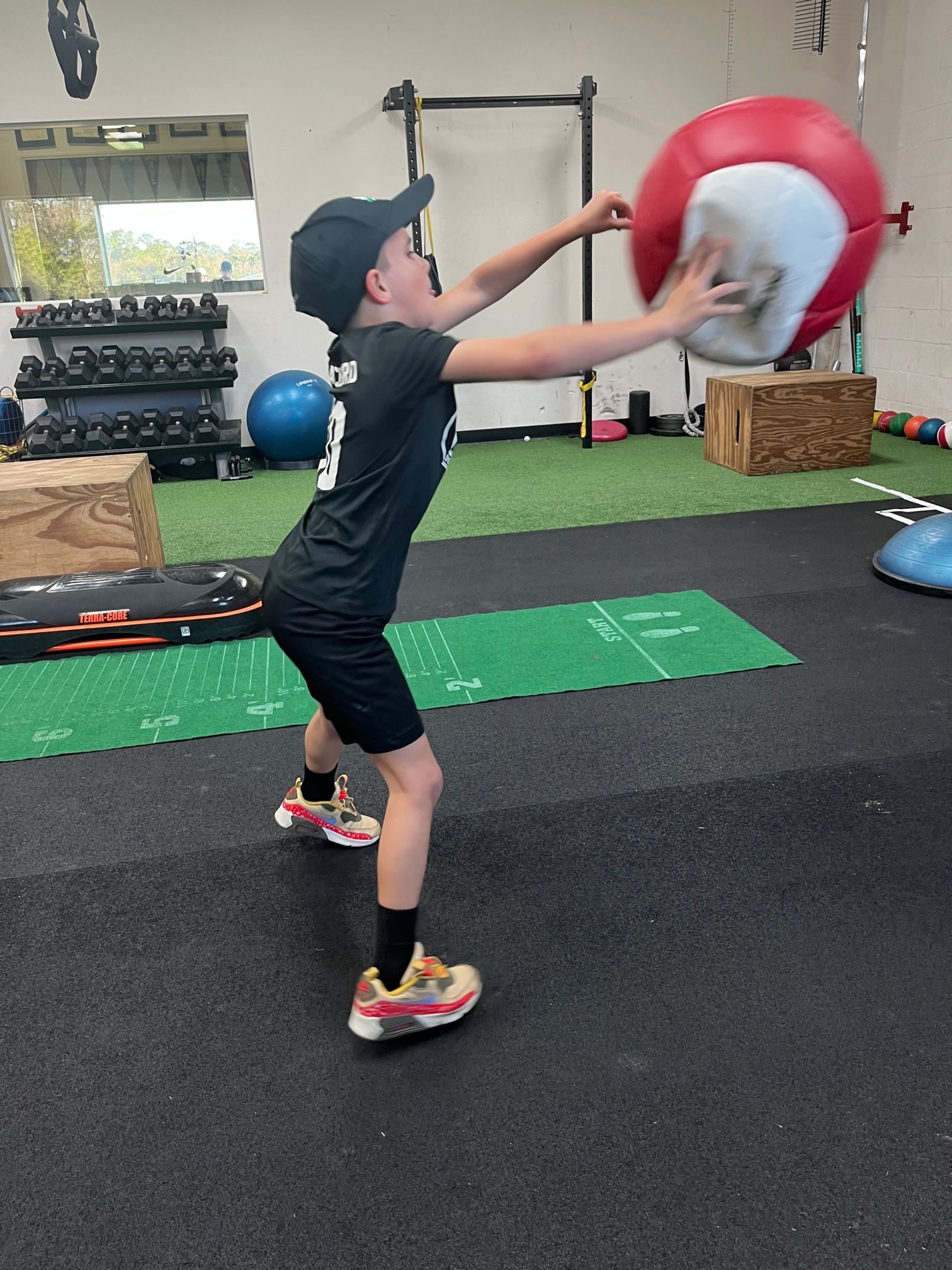
- Make Weight Training Balanced and Functional. Using light weights, try to add balance components to standard exercises. For instance, try a biceps curl balancing on one leg or pressing dumbbells overhead from a staggered stance. Adding a stability component can make the exercise more challenging so that even lighter load exercises can be hard and get a golfer’s body activated. Functional and balance-based moves also help younger athletes focus on the exercise at hand – which is great for improving quality!
